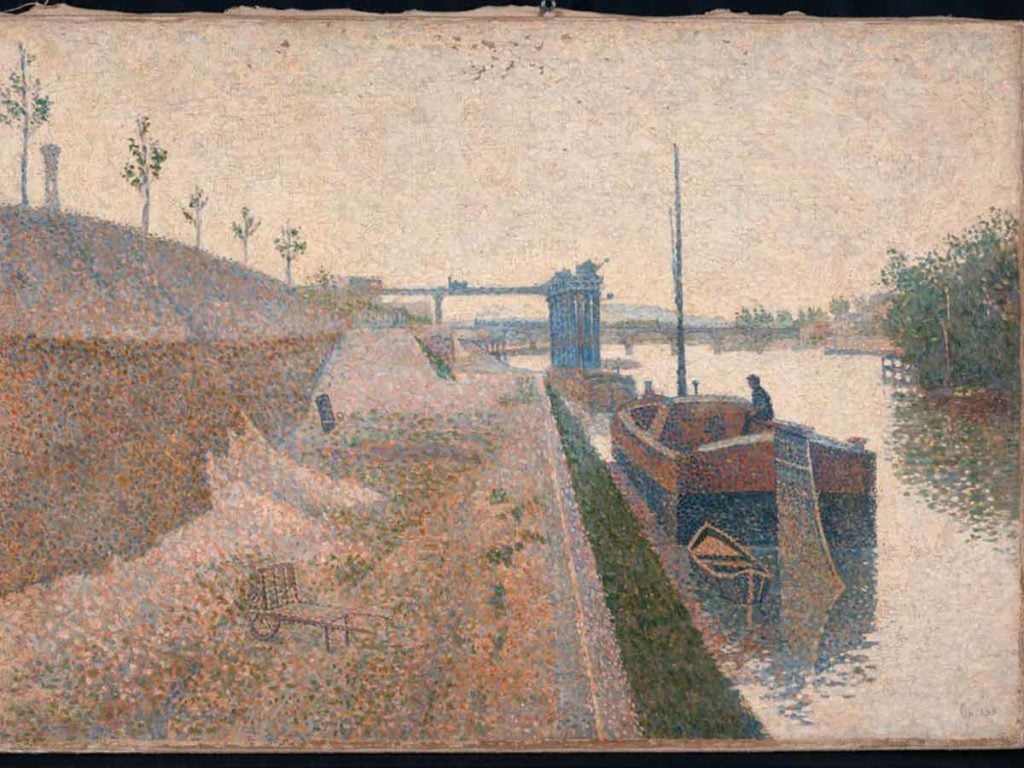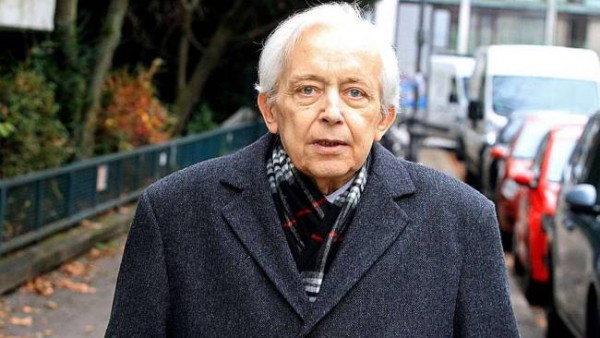Art World
A Paul Signac Painting Has Been Identified as Another Work of Nazi-Looted Art From the Gurlitt Trove
The painting will be returned to the descendants of its original owner.

The painting will be returned to the descendants of its original owner.

Taylor Dafoe

A painting found in the Munich home of Cornelius Gurlitt, the unrightful heir to a trove of looted masterpieces his art dealer father amassed during the Third Reich, has been identified as yet another work of art confiscated by Nazis.
Researchers from the German Lost Art Foundation have announced that Paul Signac’s pointillist painting Quai de Clichy, marks the seventh work in the collection to have been identified as Nazi loot, while four others owned by Cornelius Gurlitt’s sister have also been discovered.
The painting has been housed at the Museum of Fine Arts Bern, to which the Cornelius Gurlitt collection was bequested in 2014. The foundation is now working to return the stolen painting to the heirs of its original owner, Gaston Prosper Lévy.
Lévy, who was a French real estate broker and noted collector of Signac, originally purchased Quai de Clichy from a Paris gallery in 1927, adding it to his collection of 100 modernist paintings. In 1940, Lévy and his wife fled France to avoid Nazi persecution. He had his collection relocated to a second home south of Paris for safekeeping, but it was seized by Nazis just months later.

Cornelius Gurlitt. Photo: Markus Hannich.
The Signac painting was eventually purchased by Hildebrand Gurlitt, a German dealer who bought and sold so-called “degenerate” art during the late 1930s and ’40s, capitalizing on the Nazi’s crimes to amass a world-class collection for himself and Hitler’s would-be Führermuseum.
Upon his death in 1956, Hildebrand Gurlitt bequeathed his collection of more than 1,500 works to his son, Cornelius. The trove of art was discovered by German authorities in 2012.
“The fact that provenance researchers have managed to identify the painting Quai de Clichy by Paul Signac as a work of art confiscated by the Nazis demonstrates once again how important it is to consistently pursue provenance research in this field,” said Monika Grütters, the German commissioner for culture and media, in a statement. “It means we are able to return another work from the Gurlitt art trove to the descendants of a victim of Nazi persecution. We are already in contact with a representative of the descendants, and I am confident that we will be able to restitute the painting very soon.”
Signac’s auction record stands at $25.8 million, set at Christie’s London last month for an 1892 seascape painting.